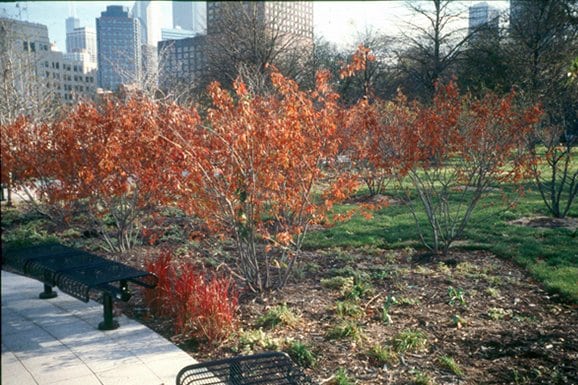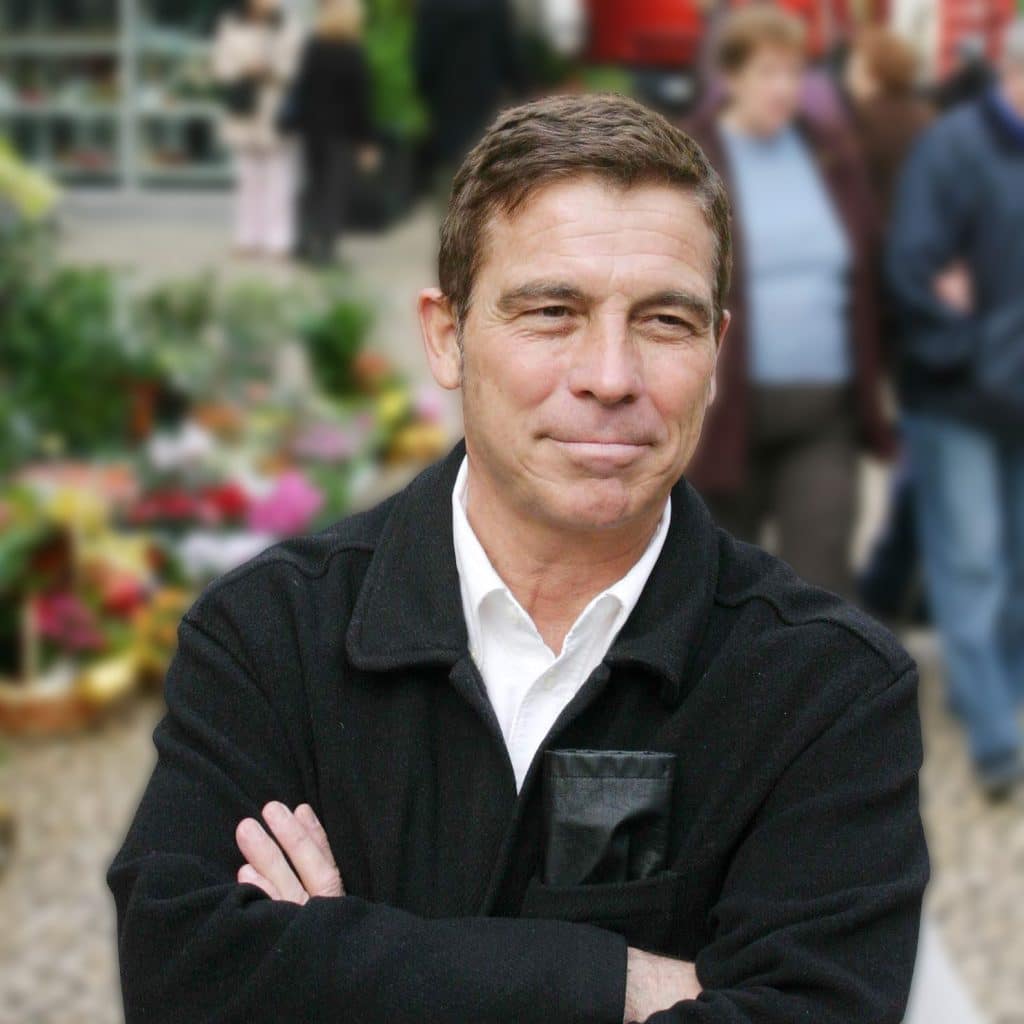Miriam Gusevich
GM2Studio, LLC
The Catholic University of America
gusevicm@cua.edu
Introduction
Community, communion, and the commons, share a Latin root, Com – with, together + unus, one, union. Yet, they carry different connotations. The common means general, free, open, public. Communion, from Latin, Communionem, in Christian ecclesiastical language, refers to “participation in the sacrament of the Eucharist”, it is a specific religious practice. Community, from Latin, Communitas, refers to people residing in the same locale, it implies a spatial practice. The Commons, alludes to Latin, munia, meaning duties, public duties, functions, it implies an official practice. Here I will explore their implications for the public domain and urban design.
If men and women were angels, communion among men would be natural and easy, it would be guaranteed, community would be prosperous, the commons would be equitably shared. At its best, it is Christ, Ghandi, and Martin Luther King’s vision. This is an aspirational vision.
If men and women were heroes, communion would bring strength among comrades in arms, the community would be protected from the enemy, the Commons is a struggle. This is the agonistic view of the world in turmoil, of us vs. them. This is the world of Hobbes, Machiavelli, Clausewitz, and Schmidt. Recently, Chantal Mouffe rehabilitated the political philosophy of Schmidt, Hitler’s lawyer, and reframed his antagonistic dichotomy of friend vs. enemy, proposed an “agonistic pluralism” of enemy vs. adversary. This is a dismal vision.
Since men and women are human, how do we reconcile our aspirations with our struggles in this world? As James Madison wisely understood:
“If men were angels, no government would be necessary.”1
Following Madison and Hamilton, we build public institutions to protect freedom and provide justice. In this context, communion is not a given or guaranteed, it is a political process to build trust, community is built over time and the Commons is subject to negotiation.
In our democratic, pluralistic society, men and women are free and equal under the law. The public domain already constitutes an “agonistic” space. Adversaries compete for a limited time during free and fair elections; in parliamentary systems, adversaries are represented as the “loyal opposition”. Our free institutions make room for dissent, in the free press, in the Supreme Court with minority opinions, at the different levels of federal, state, and local government, and in broad- based civic actions. Free liberal democracies strive with guardrails and calls for “eternal vigilance”2.
Beyond elections, to govern, to get things accomplished calls for transforming friction into challenges, and adversaries into partners. Partners can have legitimate disagreements yet, acting in good faith, seek a common ground to build a common project. This is how we build in the world.
How is this relevant to architecture? Communion, community, and the commons are features of the public domain. This is a human construct par excellance: literally, public space is a physical construct, built by design, and metaphorically, public institutions are a social construct, built by laws and sustained by norms of civility. There is an important distinction between open and public space. Open space is a natural feature of the earth; it is the natural environment, with a plurality of habitats and ecosystems. Public spaces, including squares, and parks, are built places open to the plurality of human actions that constitutes urban life.
To actualize my commitment to the public domain, as a young idealistic architect I chose to forsake the rewards and privileges of tenure at the University of Wisconsin-Milwaukee to work as an urban designer at the Chicago Park District. As a public servant, I encountered democracy in action, it is no panacea. Here, as a case study, I will present a new park in the South Side of Chicago; it was like “Parks and Recreation” (2009-2015) avant la lettre.
Practicing democracy means acknowledging, and engaging in a dialogue with stakeholders beyond the client who pays the bills; design is a process with which to negotiate and reconcile diverse interests and perspectives. If used wisely, this process can allow the final design to be more inclusive and socially responsible, and less exclusively determined by the pursuit of profit. Practicing democracy means reaching out and broadening the constituency for Architecture, listening, engaging in a broader dialogue with people from all walks of life, breaking down the walls of our isolation.
Architects are eager for public relevance; we want to contribute, to be engaged. In the academy, there is a renewed call for “activist architects”. Advocacy of populist values does not automatically engender a popular faith in the claims of architects. Most people have a healthy skepticism of self-pro-claimed prophets – whether their message is salvation or doom -and in any case, people do not expect architects to be prophets. There is a discrepancy of expectations between reality and desire. Practicing democracy calls for giving up architectural omnipotence.
Buildings do not contest power relations; people do. Architects cannot challenge power in their professional role; we can only do so as citizens of a democratic culture, as participants in the civic life of our respective communities.
Being on the trenches taught me humility; we are servants, neither saints nor heroes. Public projects succeed thanks to local advocates and leaders; in the long term, they endure when people love and embrace them as their own, as integral to their lives and their struggles. As the site of the commons, community solidarity provides a safe setting for communion.
1 Madison, James. Federalist No. 51 (1788-02-06) – Federalist Papers (1787–1788).
2 “The condition upon which God hath given liberty to man is eternal vigilance, which condition if he
break, servitude is at once the consequence of his crime, and the punishment of his guilt”. Philpot
Curran, John. Speech on the right of election of the Lord Mayor of Dublin, 10 July 1790, in Thomas Davis (ed.) Speeches (1845). Often attributed to Thomas Jefferson.
References
Arendt, Hanna. The Human Condition,Chicago and London, U. of Chicago Press, 1958. Chapter II, The Public and the Private Realm.
Arendt, Hannah, 1963. On Revolution. New York, Viking Press.
Arendt, Hannah. 1972. Crises of the Republic: Lying in politics; Civil disobedience; On violence; Thoughts on politics and revolution. New York: Harcourt Brace Jovanovich.
Arendt, Hannah. 1997. In Melvin A. Hill, Ed. The Recovery of The Public World. New York, NY. St. Martin’s Press.
De Certeau, Michel, and Steven Rendall. 1984. The practice of everyday life. Berkeley: University of California Press.
Gehl, Jan, and Jo Koch. 1987. Life between buildings: using public space. New York: Van Nostrand Reinhold.
Jacobs, Jane. 1961. The Death and Life of Great American Cities. New York: Random House.
Ehrenreich, Barbara. 2007. Dancing in the streets: a history of collective joy. New York, Metropolitan Books, Henry Hold and Company, LLC.
Clark, Andy and Chalmers, “The Extended Mind”, Analysis, January 1998, Vol. 58, No. 1 (Jan., 1998), pp. 7-19. Oxford University Press on behalf of The Analysis Committee. https://www.jstor.org/stable/3328150.
Clark, Andy, “Curing Cognitive Hiccups: A Defense of the Extended Mind”. TheJournalofPhilosophy, April 2007, Vol. 104, No. 4 (Apr., 2007), pp. 163-192. Journal of Philosophy, Inc. https://www.jstor.org/stable/20620012
Executive Order 13967 of December 18, 2020: Promoting Beautiful Federal Civic Architecture. https://www.federalregister.gov/documents/2020/12/23/2020-28605/promoting-beautiful-federal-civic- architecture
Hamilton, Alexander, James Madison, and John Jay. 1982. The Federalist papers. New York: Bantam.
Kostof, Spiro with Castillo, Greg. A History of Architecture: Settings and Rituals. Illustrated by Richard Tobias. Oxford University Press, 1995.
Kostof, Spiro, The City Shaped: Urban Patterns and Meanings Through History, Bullfinch Press 1991; second edition, Thames & Hudson, New York 1999
Kostof, Spiro, The City Assembled: Elements of Urban Form through History, Little Brown, Boston 1992; second printing Thames & Hudson New York 2005.
Lefebvre, Henri. 1996, “The right to the city”,in Kofman, Eleonore; Lebas, Elizabeth (eds.),Writingson Cities, Cambridge, Massachusetts: Wiley-Blackwell, p. 147.
Levitsky, Steven, and Daniel Ziblatt. 2018. How democracies die. Harlow, England: Penguin Books.
Mouffe, Chantal. 2000. The Democratic Paradox. London: Verso.
Mouffe, Chantal 2005. On the Political. Abingdon, NY. Routledge.
Mouffe, Chantal “Why the left needs a political adversary and not a mortal enemy”.
Mouffe, Chantal. 2016. Democratic Politics and Conflict: An Agonistic Approach. Volume 9, 2016 DOI: https://doi.org/10.3998/pc.12322227.0009.011
Mouffe, Chantal. 2009. “The Limits of John Rawls’ Pluralism.” Theoria: A Journal of Social and Political Theory 56, no. 118: 1–14. http://www.jstor.org/stable/41802423.
Khan, G. 2013. Critical republicanism: Jürgen Habermas and Chantal Mouffe. Contemporary Political Theory 12, 318–337 https://doi.org/10.1057/cpt.2013.3.
Nussbaum, Martha C. 2019. The Cosmopolitan Tradition: a noble but flawed ideal. Cambridge, MA: The Belknap Press of Harvard University Press.
Pistor, Katharina. “The Code of Capital: How the Law Creates Wealth and Inequality”. New Jersey, Princeton U. Press, May 2019.
Rothstein, Richard. The Color of Law. New York, NY: Liveright Publishing Corporation. 2018.
Sharansky, Natan, Dermer, Ron. 2006. The Case for Democracy: The Power of Freedom to Overcome Tyranny and Terror, Balfour Books, pp. 40–41.
Gusevich, M. “Architecture and its dis-contexts”. Architecture and Legitimacy. Dutch Institute for Architecture and Town planning. Rotterdam: 1995, p. 47-66. Book chapter.
Gusevich, M. “The Architecture of Criticism”. Drawing, Building, Text. Editor, Andrea Kahn. Princeton Architectural Press. (1991) p. 8-24. Book Chapter.
Gusevich, M. “Urban Design and the Public Domain”, Reflections III,University of Illinois -Champaign Urbana, Vol. 3, No. l, Fall 1985. p. 4 10.




